Sweet pepper is a rather thermophilic and demanding culture. If proper care for these plants can still be ensured, then it is not always possible to influence the temperature regime when growing them. Therefore, for our latitudes, peppers of domestic selection are best suited. They are not so demanding to care for and can bear fruit successfully even at the low summer temperatures we are used to. These sweet peppers include the Viking variety.
Description of the variety
Sweet pepper Viking belongs to the early maturing varieties. This means that the gardener will have to wait only about 110 days to get the first harvest. It is during this period that the technical maturity of the Viking pepper fruit is reached. It will take them from 125 to 140 days to reach biological maturity. This variety has medium-sized bushes, which makes it suitable even for low greenhouses and film beds. At the same time, up to 3-4 fruits can be tied on the bush.
The large Viking pepper has a prism shape with a smooth and glossy skin. Its average weight will not exceed 200 grams, and the wall thickness will be about 4-5 mm. The color of Viking fruits changes depending on the degree of their ripeness from green to deep red. The taste of this pepper is excellent. It has a juicy and firm flesh with a slight peppery aroma. This characteristic of the pulp of this pepper makes it ideal for use in salads, home cooking, and canning. It is also important that the fruits are resistant to skin cracking. This distinctive feature allows the fruit to be stored slightly longer than other sweet peppers.
The Viking variety has a high yield and good resistance to many diseases, especially the tobacco mosaic virus.
Growing recommendations
The soil for planting sweet peppers should be light and fertile. The most optimal is to plant this culture after:
- Luke;
- pumpkins;
- cabbage;
- cucumber.
Peppers show a very good yield when planted after green manure. In addition, green manure can be used as fertilizer.
The Viking variety is grown through seedlings. They begin to cook it from February. It should be borne in mind that the plants of this culture do not like transplantation very much, therefore, it is better to plant seeds immediately in separate containers.
Ready Viking seedlings are planted in a permanent place after 70 days from germination. This variety is suitable for growing both in a greenhouse and outdoors. In order for the plants to have enough nutrients, there must be at least 40 cm between neighboring plants.
Caring for Viking plants includes regular watering and feeding 1-2 times a month. Organic and mineral fertilizers are suitable for feeding. It is also advisable to loosen and weed the soil.
The crop should be harvested no earlier than July. In this case, the plants will bear fruit until early September.
You can learn more about growing pepper from the video:
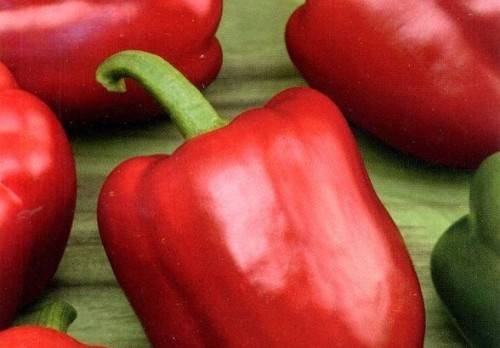
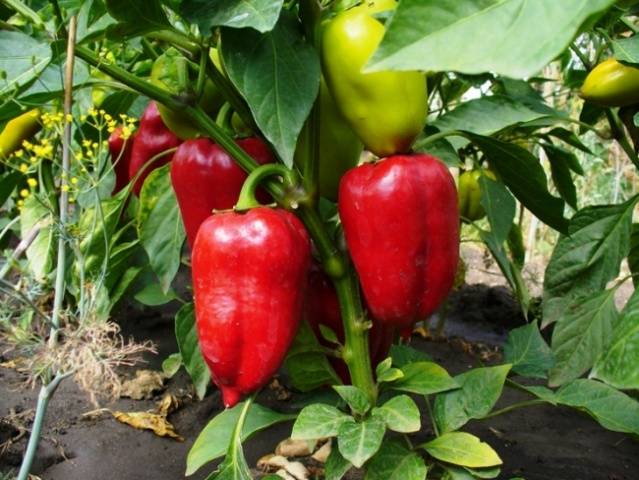
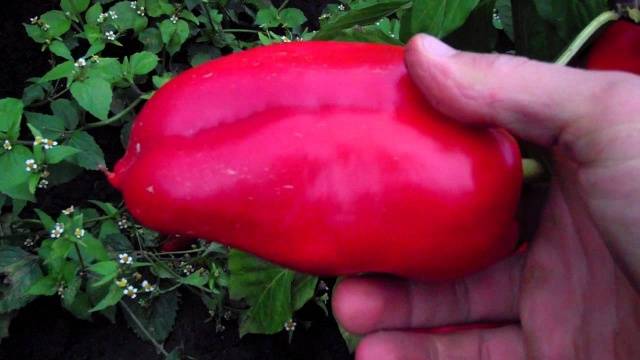
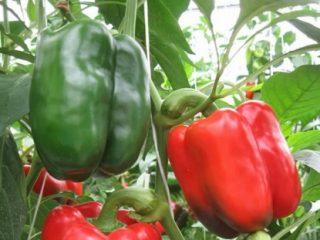
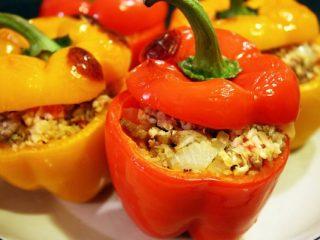
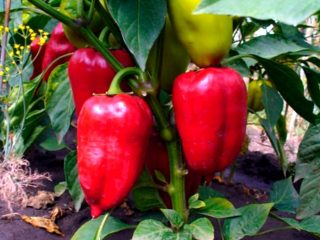


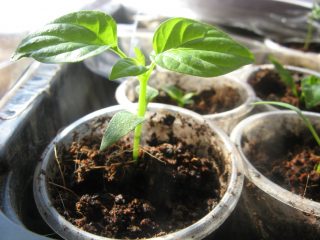



I planted Viking pepper seedlings, three weeks later it turned out to be more developed than other varieties. But unfortunately, on the third pair of leaves, small rough bumps appeared, the leaves do not turn yellow. I can't understand what it is, a feature of a variety or a disease?
Good afternoon, dear Julia!
The appearance of bumps on the leaves of pepper seedlings is not a feature of the variety. Most often, this signals that your plants urgently need your help. The reasons for the appearance of bumps can be:
• violation of the rules of planting and care (contaminated soil, lack of light or excessive watering);
• damage to seedlings by such pests as spider mites, aphids, scale insects, or false scale insects.
The cause of the appearance of pests can be contaminated and poorly prepared soil or indoor plants. For this reason, it is highly undesirable to place seedlings next to indoor plants. Signs of the appearance of pests are thin cobwebs (indicate the appearance of a spider mite), or drops of honeydew. In this case, it is urgent to treat the seedlings with drugs.
A sign of eedema (leaf edema) is the appearance of bumps filled with fluid. Most often they appear due to abundant watering or due to lack of light. If the growing conditions change, this problem will disappear.
We wish you high yields!